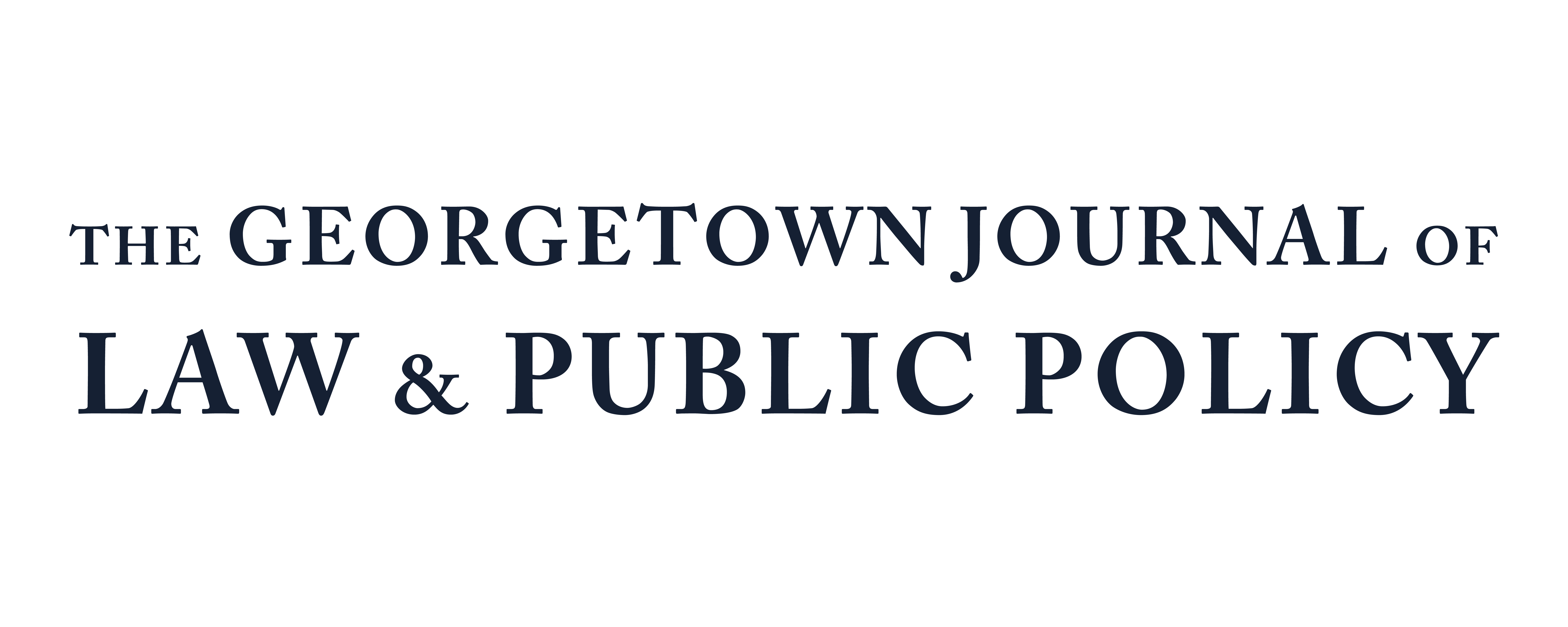Defenses Commensurate with the Danger of Attack: The Special Counsel Regulations, Separation of Powers and A Call for Reform in the Department of Justice
This paper examines constitutional and practical issues surrounding criminal investigations of a sitting or former president and related matters. Part I examines the source and nature of the executive power to prosecute and discusses the Supreme Court’s seminal decision in Morrison v. Olson, 487 U.S. 654 (1988)in that context. Part II recounts how the executive power to investigate the president was first exercised administratively within the Department of Justice and under the post-Watergate Independent Counsel Act (“ICA”) and why the ICA, although determined to be constitutional in Morrison, was allowed to expire. Part III discusses the Department of Justice’s (“DOJ”) current Special Counsel regulations, which replaced the ICA, and certain legislative proposals which would have re-involved the third branch in protecting the independence of special counsel. This part also contends the Special Counsel regulations are either unconstitutional per se, unconstitutional as applied, or represent on overt effort to mislead the American public about the exercise of executive power. Part IV describes certain ad hoc procedures and policies, largely driven by the well- deserved respect given to one senior official, which have guided DOJ through various crises but, as recent events have demonstrated, are now inadequate. Finally, Part V offers as an alternative to first and third branch involvement certain structural reforms within DOJ designed to ensure the executive branch exercises its core prosecutorial power with integrity and independence.

